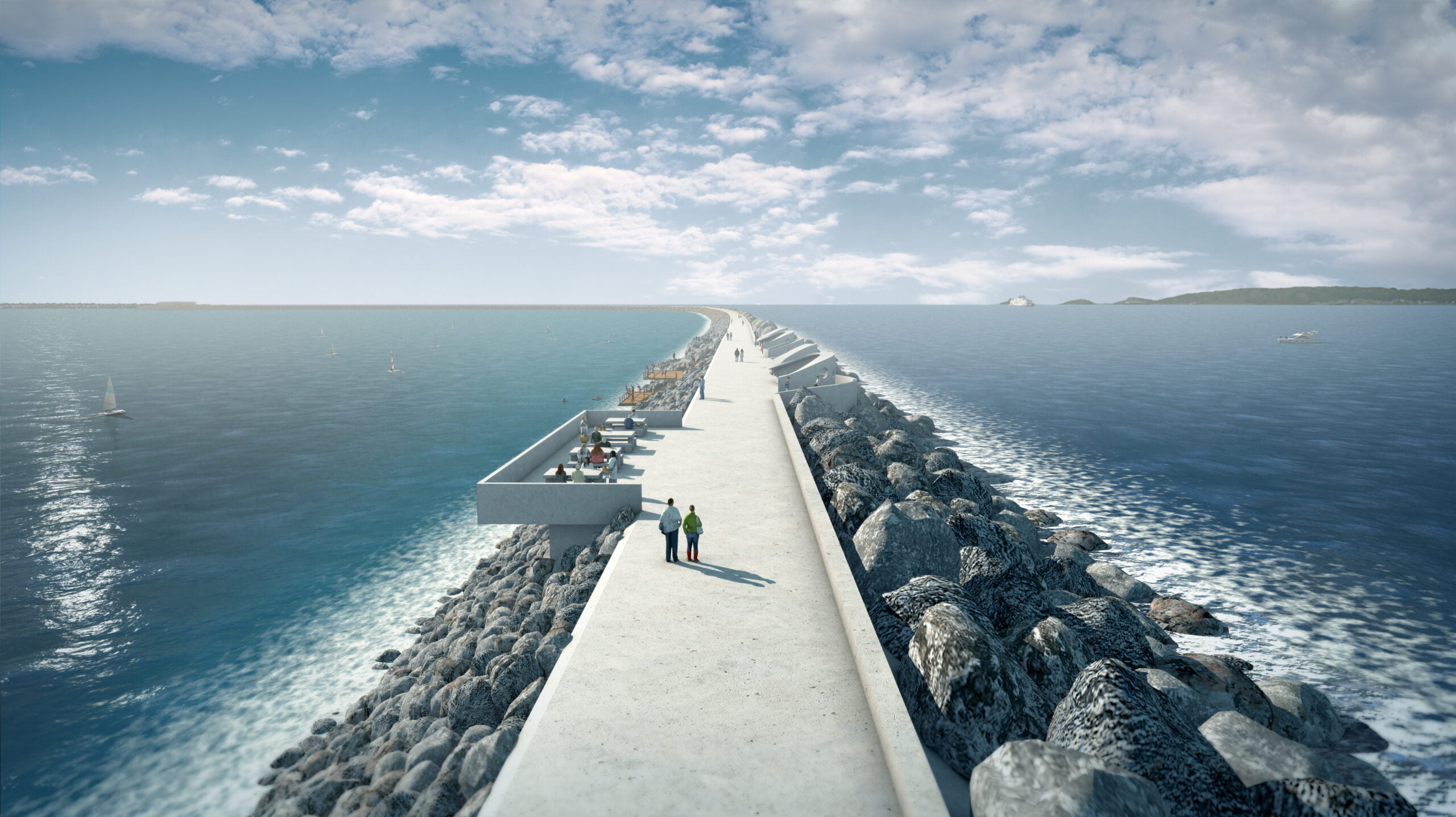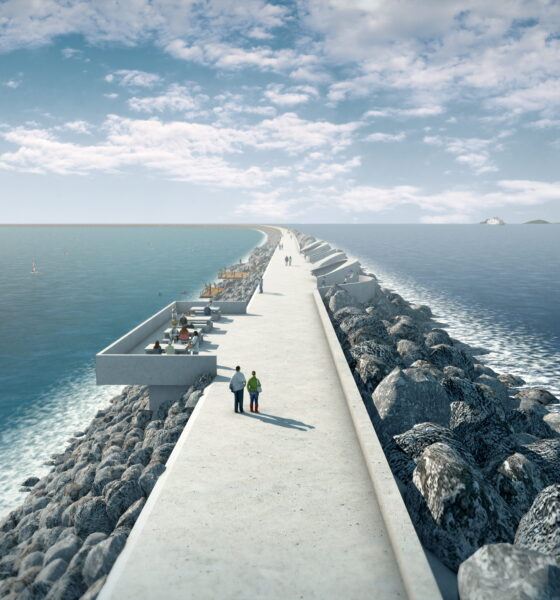

Economy
Tidal lagoon renewable energy plants could add £27bn to UK economy
A new wave of six tidal lagoon power plants could contribute £27 billion to the UK economy over a 12-year period starting in 2015, according to a new study.
Plans for the world’s first tidal lagoon – a proposed £850 million project in Swansea Bay – are currently going through a phase of public examination.
The plant will enclose an 11.5 sq km area of the bay in a six-mile horseshoe shaped sea wall, using the ebb and flow of the tide to turn turbines and generate predictable renewable energy.
Tidal Lagoon Power Limited, the company that has put forward the plans, also hopes to build five more lagoons around the UK coastline within the next decade.
In a new study published on Wednesday by the Centre for Economics and Business Research (Cebr), analysts say these plants would add billions to Britain’s economy during the investment programme from 2015 to 2027.
Because many of the required components can be sourced from the UK, the study finds that tidal lagoons represent one of the best returns on investment in terms of GDP impact in the energy sector.
There would also be big potential for exports of up to £70 billion, as the UK could become a world leader in tidal lagoon technology.
Overall, the report says that six lagoons could create or sustain as many as 39,700 jobs while accounting for 0.24% of annual GDP. They could also sustainably provide as much as 8% of the UK’s electricity and build security of supply.
“The UK is losing its hard-fought energy independence and struggling to identify genuine drivers of growth. We’ve been here before,” said Douglas McWilliams, executive chairman and chief economist at Cebr.
“The response in the 1970s was to support a domestic offshore oil & gas industry which became a world leader and has delivered huge benefits to the UK economy.
“This report shows why today’s response to the same challenges to energy sovereignty and economic growth would do well to exploit the new opportunity presented by tidal lagoons.”
A separate report, recently published by Pӧyry Management Consulting, also concluded that further lagoon projects could provide energy significantly cheaper than offshore wind farms – the government’s preferred renewable energy source.
Should the plans receive approval, Tidal Lagoon Power Limited hope that construction will begin in Swansea in spring 2015, with the world’s first tidal lagoon-sourced electricity generated in 2018.
The project is expected to generate 495 gigawatt hours (GWh) of clean, green electricity for every year of its 120-year lifetime. That is enough for 155,000 homes – or about 11% of Wales’ domestic use.
“The UK will soon decide whether or not to embrace tidal lagoon infrastructure,” said Tidal Lagoon Power CEO Mark Shorrock.
“Having analysed all of the costs and all of the savings associated with this decision, this study clearly demonstrates that the annual benefits to the national economy would be enormous, immediate and long-lived.
“To realise this opportunity in full, we will have to marry economic benefit with environmental sensitivity and social acceptance.”
Photo: Tidal Lagoon Power Limited
Further reading:
Good Energy invests in Swansea Bay Tidal Lagoon
Tidal lagoons could provide cheaper electricity than offshore wind
Swansea Bay Tidal Lagoon plans accepted for consideration
Swansea Bay Tidal Lagoon could inject £300m into Welsh economy
Application submitted for ‘game-changing’ Swansea Bay tidal lagoon


 Environment10 months ago
Environment10 months agoAre Polymer Banknotes: an Eco-Friendly Trend or a Groundswell?

 Environment11 months ago
Environment11 months agoEco-Friendly Home Improvements: Top 7 Upgrades for 2025

 Features9 months ago
Features9 months agoEco-Friendly Cryptocurrencies: Sustainable Investment Choices

 Features10 months ago
Features10 months agoEco-Friendly Crypto Traders Must Find the Right Exchange





























